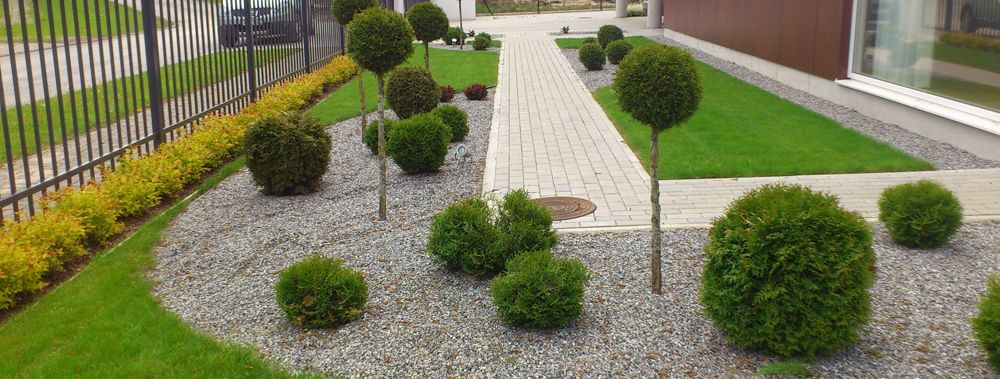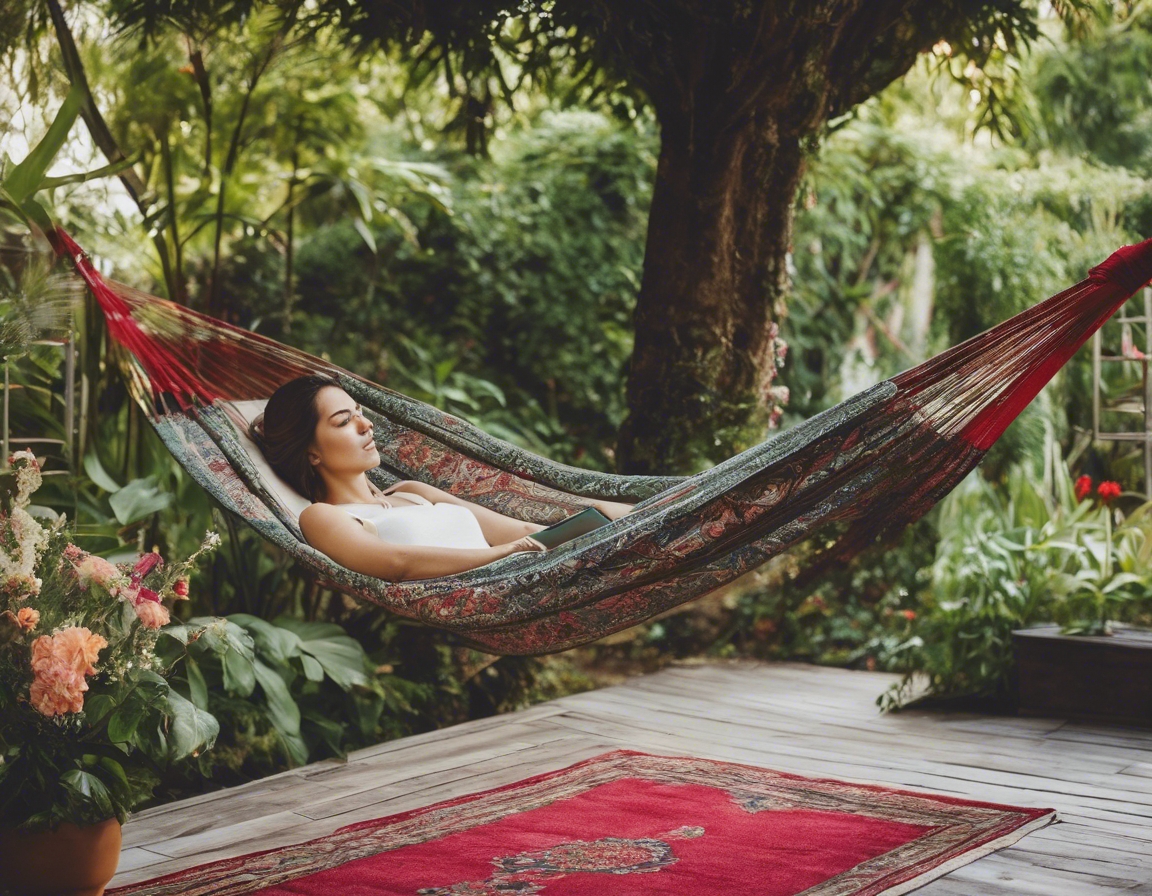The art of minimalist garden design
Minimalist garden design is an approach that emphasizes simplicity, clean lines, and a monochromatic color scheme. It's about stripping away the unnecessary, focusing on the essential, and creating a space that offers tranquility and respite from the busy world outside.
Adopting a minimalist garden design can lead to a number of benefits. It creates a low-maintenance outdoor space that is both functional and beautiful. It can also enhance the value of your property and provide a serene environment that promotes well-being.
Key Elements of Minimalist Garden Design
Choosing the right plants is crucial in a minimalist garden. Opt for species that are easy to care for and that complement each other in terms of height, texture, and color.
Hardscaping elements like stone paths, walls, and patios are integral to minimalist gardens. They provide structure and define the space without overwhelming it.
A restrained color palette is key to achieving a minimalist look. Use varying textures to add interest and depth to the garden without introducing too many different colors.
Water features and strategic lighting can add a sense of calm and elegance to minimalist gardens. They should be incorporated in a way that complements the overall design.
Planning Your Minimalist Garden
Before you begin, assess the size, shape, and orientation of your garden space. This will help you determine the best layout for your minimalist garden design.
Every minimalist garden needs a focal point, whether it's a sculpture, a stunning plant, or a water feature. This element should draw the eye and serve as the centerpiece of your design.
Consistency is key in minimalist design. Ensure that each element of your garden works together to create a harmonious and unified space.
Maintaining a Minimalist Garden
Maintaining a minimalist garden is all about regular upkeep and sticking to the design principles. Prune plants regularly, keep hardscaping clean, and remove any clutter that accumulates.
Consider the changing seasons when planning and maintaining your minimalist garden. Choose plants that will thrive throughout the year and plan for seasonal maintenance.
Incorporating Sustainability into Minimalist Gardens
Opt for sustainable materials in your garden design. This could include recycled or locally sourced materials for hardscaping and organic mulches for plant beds.
Even minimalist gardens can support local wildlife. Choose native plants that provide habitat and food for birds, bees, and butterflies.






Comments (0)